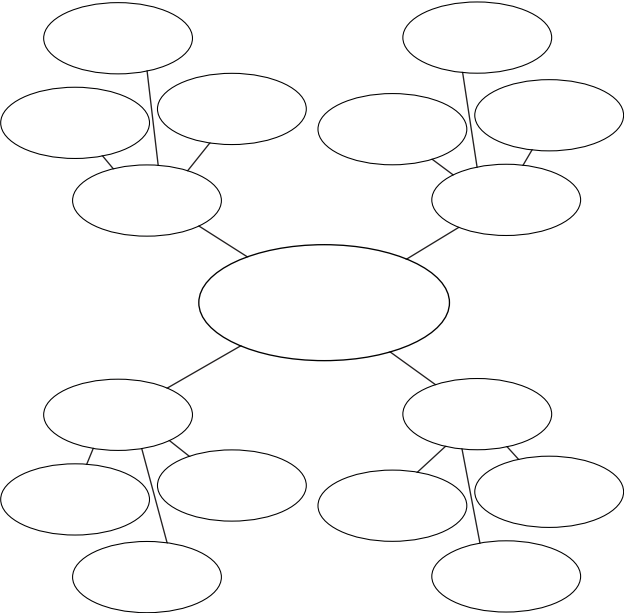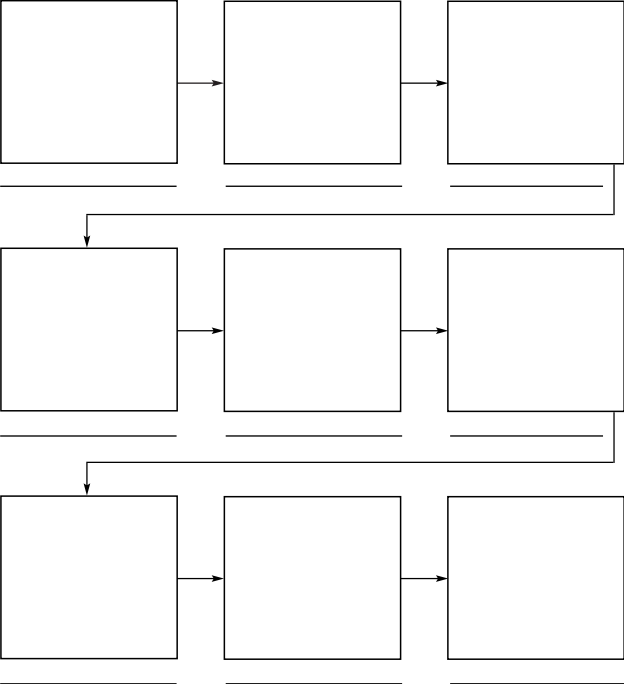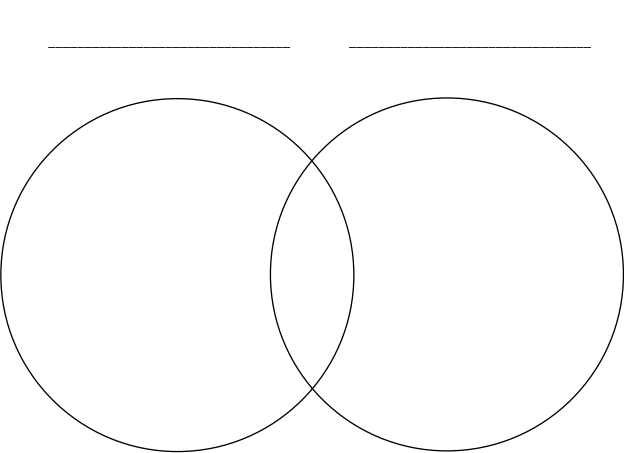Le Cancre et Page d'écriture par Jacques Prévert
I. INTRODUCTION

Jacques Prévert
The texts chosen for this reading-learning plan are the poems “Le Cancre” and "Page d'ecriture" by French poet, Jacques Prévert, and were published in his 1945 book, Paroles. The text of "Le Cancre" as well as an audio recording of the poem can be found here and here read with a different voice. A video of the poem being recited with pictures can be found here. The text for "Page d’écriture" can be found here, read aloud here, and the poem set to music sung by Yves Montand can be found here.
Jacques Prévert is one of the most celebrated poets in French history. Around 400 schools are named after Prévert in France and most French schoolchildren study and memorize his poems early in their school careers. Prévert’s poems are often studied and included in French language textbooks because they are written in a simple, easy to read style and many focus on subjects are relevant and stimulating to children, such as school. These poems serve as an engaging and relatable texts for students and allow for focus on cultural and language specific instructional aims.
The text and its audience
 The literary texts selected for this reading learning plan is Jacques Prévert’s poem, “Le Cancre,” or in English, “The Dunce” as well as another of Prevert's poems, "Page d'ecriture." The first is about a boy who is jeered by his classmates and threatened by his teacher when he is called on to answer questions at the board and does not know the answers. Instead of being defeated and embarrassed, the boy erases all of the writing on the board and draws a happy face with different colors of chalk, finding joy despite his supposed failure. The second text is also about students who are being "trained" with monotonous times table drills they must repeat with the teacher. One student sees a bird in the sky and asks the bird to save him by coming down to play. In playing with the bird, the students discover the hollowness of rote memorization and abstractions (numbers) in comparison to experience. The teacher's "spell" cast by repeating times tables is lifted and the students are freed and all of the objects in the room revert back to their natural state of wood, sand, rock, and trees.
The literary texts selected for this reading learning plan is Jacques Prévert’s poem, “Le Cancre,” or in English, “The Dunce” as well as another of Prevert's poems, "Page d'ecriture." The first is about a boy who is jeered by his classmates and threatened by his teacher when he is called on to answer questions at the board and does not know the answers. Instead of being defeated and embarrassed, the boy erases all of the writing on the board and draws a happy face with different colors of chalk, finding joy despite his supposed failure. The second text is also about students who are being "trained" with monotonous times table drills they must repeat with the teacher. One student sees a bird in the sky and asks the bird to save him by coming down to play. In playing with the bird, the students discover the hollowness of rote memorization and abstractions (numbers) in comparison to experience. The teacher's "spell" cast by repeating times tables is lifted and the students are freed and all of the objects in the room revert back to their natural state of wood, sand, rock, and trees.
While the text is written using simple, easy to understand words and tenses, the underlying themes suggest deeper meaning to be deciphered by the reader. Written at the end of World War II, both texts include themes such as rebellion against oppression/authority and dogma/pedantry, personal freedom, surrealism and childhood. Prevért’s plain style of writing combined with more complex themes makes these wonderful texts for French II and higher students to study. For these students, these poems use simple enough vocabulary to be above the frustration level but unlike other basal texts, have deeper meanings that allow for a richer literary analysis and hopefully spark higher interest and critical thinking in high school students. The lesson can be modified to suit higher level students by focusing more on literary interpretation.
State standards and student goals
This reading learning plan addresses over half of the standards for the state of Alabama:
-
Interpret basic oral and written information in the target language on a variety of topics in the present time frame.
Students will have to identify main ideas and details from the poem. Although
the text is above frustration level, there will be a some words that the student will
be required to guess based on context. -
Present oral and written information in the target language using familiar vocabulary and correct structure in the present time frame.
This standard is addressed in that students in the post reading will be asked to answer questions orally and in writing about the main ideas and themes which will be asked and answered using familiar vocabulary and the present time frame. -
Read aloud proverbs, short poems, and songs in the target language with appropriate pronunciation and intonation.
This standard is being addressed during reading. Through Guided Repeated Oral Reading (GROR), students will be required to read the poem both silently and aloud with appropriate pronunciation and intonation. -
Identify tangible and intangible products of a target culture, including symbols and expressive art forms.
This standard is fulfilled in that the poem is certainly a product of the target culture. These are authentic and widely known literary texts one of which was later set to music . -
Identify other subject-area topics that relate to topics discussed in the target language class.
Certainly this poem can spark discussion related to literature in both the target culture and the student’s native culture. This standard is also fulfilled in that there are opportunities for discussion about how the themes of the poem relates to history in the target culture and general sentiment of the Western world at the end of World War II. -
Identify similarities and differences between words in the target language and in English, including pronunciation, intonation, stress patterns, and simple written conventions of language.
This text exposes students to a French poem and the similarities and differences between words and poetry between the target language and English are addressed during the lesson.
Student Goals
Acquisition of Content Knowledge
Students will be participate in a discussion on French poetry the importance it holds in the target culture while building their literacy and textual analysis skills.
Vocabulary Development
The texts will reinforce previously learned vocabulary as well as appropriate intonation and pronunciation. The texts will also build upon this prior knowledge to expand vocabulary related to school and other topics relevant to the poems and their contexts.
Critical Thinking and Reading
Students will be required to comprehend the literal meaning and main ideas of the texts as well as infer and discuss poetic meaning and symbolism through closer textual analysis and creative expression (drawing).
Readability and Considerateness of the text
| # of syllables | # of sentences | |
|---|---|---|
| 1st 100 word passage | 122 (-33) = 89 | 7 |
| 2nd 100 word passage | 145 (-33) = 112 | 10 |
| 3rd 100 word passage | 127 (-33) = 94 | 98 |
| Average | 98 | 8.6 |
According the modified version of Fry’s Readability Formula for French (FRAFE), this text is has a 2nd grade readability level.
As Lapp points out in "Content Area Reading & Learning Instructional Strategies", if the reading level of the selected text is too high for students, they will not enjoy, continue reading or comprehend the text (1996, p. 43) However, one exception to this occurs when there is a high interest level in the text. I have tried to raise the level of interest by selecting poems with relevant and imaginative subject material.
Because these texts are poems, they have more unconventional punctuation than expository texts or other literary texts such as novels. To distinguish the number of sentences I judged where sentences began and ended based on whether they had sentence ending punctuation (such as a period or question mark), the presence of a capital letter at the beginning of a line, or in some cases whether or not that passage of the poem was a complete sentence and erred on the side of caution when determining if certain lines should be deemed a sentence. I think that I could have even increased the number of “sentences” for the FRAFE calculations, which would have lowered the readability grade level even further. In to accommodate to the variability in L2 students’ proficiency levels, I will provide footnotes for any obscure vocabulary.
There are many repeated words and lines in both poems and most of the words and tenses are simple and very familiar, factors which increase the readability and make them appropriate for a French II student. I feel that the familiarity of the vocabulary, simple writing style, and relevant subject topic all contribute to the considerateness of the texts.
Structure
Because the text is poetry, there are no external features designed to aid the student. There are small stories in each poem and both are set inside of a classroom. The only obstacle to comprehension that I can foresee in the second text is the use of surrealist elements. For example, a student traps a magical bird in his desk and at the end of the poem, all of the objects in the room return to their original state (ex. window pane glass into sand). Students may question their comprehension because of this. Also, there are no pictures, which may make it more difficult for students to piece together what is happening in each poem.
Coherence
In terms of coherence, the main events in each poem are plainly and concisely stated. All of the events are logically organized from first to last, however there is element of surrealism (use of a non sequitur) previously discussed in the second text when the bird abrputly comes down to play with the student and is kept in his desk. This could have the potential to make the text less considerate because it makes the text somewhat less logical. There are many instances of cohesive devices such as “and” and “then” are used in the texts. However, there is some replacement of object pronouns which will be discussed along with the concept of magical realism to make the text more coherent.
Audience Appropriateness
Each text is not conceptually dense on the surface. There are only a few concrete events in each poem. The text is most likely to be of interest to students, especially those who have ever felt constrained by school and rules, which is likely everyone. This is also how the text activates prior knowledge because students are apt to compare themselves or someone they know to the student experiences in the poems. Depending on the students and their interest level, the texts can be dealt with on a very superficial by attending only to the literal meaning of the text or at a deeper level by exploring the themes and philosophies that are less apparent and require interpretation. Trying to interpret the text in a more meaningful way could cause confusion for some students if the literal meaning is not fully understood. Providing of vocabulary that cannot be determined through context, activation of prior knowledge and effective pre, during and post reading activities will help to counteract possible confusion or breakdowns in comprehension. These will be discussed in greater detail in the following sections.
II. ACTIVITIES
Pre-Reading Activities
As a jumpstart activity, students will be given a very brief biography on the author and asked what they know about poetry in general to “front-load” students who may not be very familiar with poetry. This will be organized on the board using a semantic map (A). From this activity, students should understand that pomes can be read for pleasure and written and interpreted in different ways for different purposes. Then the students will be told the titles of the poems and a more specific class brain storming activity will be completed to activate the students’ prior knowledge about the specific topic. Students will write down any words, ideas, or feelings that they can think of relating to the word “cancre,” (“dunce” in English) which is the title of the first poem but relates to both texts. Students’ thoughts will also be mapped out on the board in a graphic web/network. Students will set the purpose for reading by predicting the setting of the poems, possible people involved, or events that might occur based only on our ideas about the title.
During Reading Activities
Using the Neurological Impress Method (NIM) to practice GROR will first assure fluency before coprehenison activities or group work. The students will first watch and listen to the videos or songs for each of the poems. Next, the teacher will read the texts alound and the class will read along silently. Then groups of students will chime in with the teacher in each line, allowing the teacher's voice to fade away. Finally, the students will read the poem to each other in pairs. After the text has been read, the students will perform a dictionary activity in groups of 2-4 where they determine the meaning of the unfamiliar words in the poem.
Reciprocal teaching (RT) will be used as guided interaction for reading and selecting information. The teacher or another student will then read aloud small chunks of the poem (no more than one or two lines at a time). Using the repeating process of predicting, questioning, claryifying, and summarizing the class should be able to understand the literal meanings of the texts. Because this is likely one of the first poems students have read in an L2 class, the teacher will need to explicitly model all of these steps with the class. Some example questions that should be raised by either teacher or student include:
Le cancre
Qu'est ce que le cancre dit au professeur? Pourquoi?
Que fait le cancre avec “les chiffres et les mots, les date et les noms?” Pourquoi?
Quelle est la reaction de la classe et du prof? Qu’est-ce qu’ils font?
Qu’est-ce que le cancre dessine au tableau noire? Avec quoi? Pourquoi?
Page d'ecriture
Qu’est ce-que le prof demande aux élèves?
Est-ce que les élèves aiment leur professeur? Pourquoi ou pourquoi pas?
Qu’est ce que l’enfant voit? Qu’est ce qu’il demande?
Pourquoi est-ce qu’il y a un oiseau dans la class? C’est un vrai oiseau?
Les numerous “s’en vont,” pourquoi?
Qu’est-ce qui se passe à la fin du poeme? Les objets redeviennent quoi? Ҫa signifie quoi?
Post-Reading Activities
Now that students understand the literal meaning of the texts, students will be put in literature circle groups of 4-5 to encorage comprehension and interpretation of the literary meaning. Role sheets for lit circles in the target language can be found here for students with more advanced proficiency. In a lower level classroom, students will be guided to discuss certain elements of the texts in more of an idea circle format. Their discussion of the text is guided by a graphic organizer (B) and a list of questions. Each group will present thier interpretations and evaluate each other on their performance and contribution to the group. The class will organize elements from each text on the board with a Venn diagram (D).
Next, a group mapping activity will be perfomed regarding all texts and discussions as a way to organize and summarize the texts and relate them to one another. Students can compare their maps with each other and thier original ideas in order to add to or modify prior knowledge.
For homework, students will personalize the text in two ways. First, they will design their own pictures/images to correspond to the poem and include the lines of the appropriate poem beneath each picture. This can be a series of images as in a comic book, or story strip as seen below (C). Students will also have to write a short reflection about
Visuals
A. Example of a semantic map.

B. Graphic organizers to be used in analyzing the texts

C. Story Strip for personalization of the texts.

D. Venn Diagram to compare and contrast elements in both selections.

III. RUBRIC
| Activity | 4-Exceeds Expectations | 3-Meets Expectations | 2-Partially Meets Expectations | 1-Does Not Meet Expecations |
|---|---|---|---|---|
| Pre-Reading | Very frequent, voluntary participation in jumpstarting, brainstorming, mapping and prediction activities with thougtful contributions; showed interest and encouraged group discussion | Frequent, voluntary participaton in pre-reading activities; thoughtful comments, with interest in the activities and discussions | Occassional participation, contributed 2-3 times, shows some interest in activities and discussions | Little (1 or fewer comments) to no participation or interest in group activities or discussions ; may have been disruptive to others |
| During Reading: GROR, RT and dictionary activity | Full participation and attention during GROR and RT; obvious effort and sincere attempt to produce language with appropriate pronunciaiton and intonation when reading aloud or speaking; fully completed dictionary activity | Participation and attention given the majority of the time, effort demonstrated in pronunciation and intonation when reading aloud or speaking, completed dictionary activity | Some participation during activities, little attempt in correct pronunciation and intonation when reading aloud or speaking; partially to minimally completed dictionary activity | Litte to no participation in activites, makes no attempt in correct pronunciation and intonation when reading aloud or does not speak at all; incomplete dictionary activity |
During Reading group dictionary activity and Post-Reading small group discussion |
Average of peer evaluations is 3.5 or higher | Average of peer evaluations is a 3.0 or higher | Average of peer evaluations is 2.5 or higher | Average of peer evaluations is a 1.4 or lower |
| Post-Reading: Group Mapping Activity | Excellent effort and thought obvious in map design and content; student actively and attentively shared and modified maps with partner | Good effort and thought shown in map design; student shared and modified maps with partner | Some effort shown in map design and content; student briefly shared and/or modified maps with partner | Little to no effort shown in map design and content; student did not share or modify map with partner |
| Post-Reading Homework: story strip and reflection | Story strip images follow to order of the text; images are drawn neatly and creatively; reflection is over two paragraphs in length with thoughtful content; reflection has appropriate grammar and vocabulary with no errors | Story strip images follow the order of the text; images are drawn neatly; the reflection is over a paragraph in length with thoughtful content; reflection has few to no errors | Some story strip images may be missing, not match the text or be neatly drawn; reflection is short or unthoughtful; reflection may contain many errors | Most or all story strip images missing or drawn with little to no effort; many errors present or no reflection completed |
| Possible Points=20 |
Peer Evaluation
Group Member’s Name Score (circle one)
____________________ 4 3 2 1
____________________ 4 3 2 1
____________________ 4 3 2 1
____________________ 4 3 2 1
____________________ 4 3 2 1
____________________ 4 3 2 1
4-Frequently participated and contributed to the group; listened closely and showed interest in others ideas even if he or she did not agree with them; encouraged and enhanced group discussion and organization of ideas; completed his/her share of work
3-Participated and contributed to the group; listened to others ideas and did not criticize them; completed his/her share of work and helped to organize the groups ideas
2-Little participation or contribution during the group discussion; did not listen to others ideas; did not put in as much effort as other group members in organizing group ideas and completing work
1-Disruptive or no contribution to the group during discussion; did not listen to others ideas or criticized them; did not complete his/her share of work and/or did not contribute to organizing the groups ideas
Images:
http://www.surrealism-plays.com/surrealist-portraits.html
http://www.huffingtonpost.com/bob-ostertag/huffpo-dunce-cap-award-in_b_170885.html
Sources:
Lapp, Flood, and Farnan. Content Area Reading and Learning. Chapter 5: Considerate Texts.1996. 47- 57.
Class notes from CTRD 6710 with Dr. Edna Brabham.